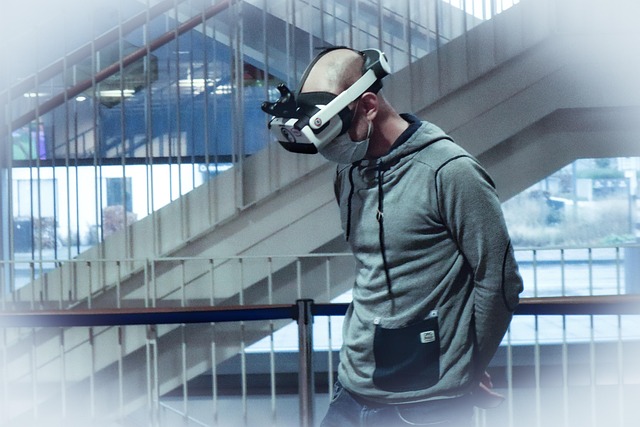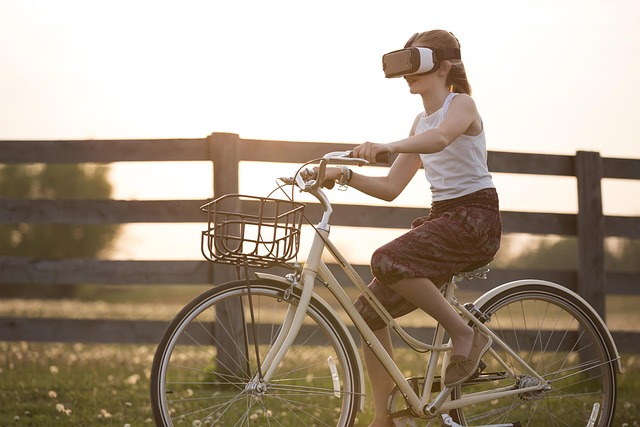
Exploring the Future of Education: The Rise of VR Schools
Imagine stepping into a classroom where the walls dissolve into a vivid landscape, where your lessons are no longer confined to textbooks but come alive in three dimensions. Welcome to the world of VR schools, where education transcends traditional learning environments and embraces the immersive power of technology.
Virtual reality (VR) and augmented reality (AR) have been transforming various industries, and education is no exception. The emergence of VR schools promises to revolutionize how students engage with their lessons. Instead of merely observing, learners can actively participate in their education, experiencing historical events or complex scientific phenomena firsthand. Picture students walking amongst the dinosaurs in a prehistoric Virtual Reality world, or exploring the intricacies of the human body from within as they navigate a 3D model of anatomy.
The metaverse is another groundbreaking element that aligns seamlessly with the concept of VR schools. This collective virtual shared space offers a plethora of opportunities for collaborative learning, allowing students from diverse backgrounds to connect in real-time. In the metaverse, geography no longer constrains education. A student from a rural area can join a class with peers from across the globe, discussing literature or engaging in a virtual science fair. This inclusivity fosters a richer learning environment and provides exposure to a variety of cultures and ideas.
Moreover, VR schools can cater to different learning styles. Kinesthetic learners can thrive in a hands-on environment, using virtual tools to conduct experiments or embark on thrilling simulations. Visual learners benefit from the stunning graphics that enhance comprehension. Moreover, auditory learners can interact with an engaging narrative, making information retention much more profound than through conventional methods.
Implementing VR schools in the educational landscape, however, does pose challenges. From the need for technical infrastructure to the training of educators, schools must navigate a path toward integration thoughtfully. Nonetheless, the potential benefits far outweigh the hurdles. Enhanced engagement, personalized learning experiences, and improved retention of knowledge are merely the tip of the iceberg. As we embrace this change, it becomes increasingly evident that education remains crucial in preparing students for a rapidly evolving digital world.
The journey into VR schools is just beginning. Educational institutions that leverage these technologies not only better equip their students but also redefine what learning can be. As we stand at this crossroads, the future of education shines brightly with opportunities that were once only figments of our imagination.


